We all have two lives. The second one starts when we realize that we only have one. - Tom Hiddleston
28 August 2019, bus to Bandjoun / 29 August 2019, Bandjoun chefferie
Complexe Hotelier Kapaug 11,000CFA (R275)
Getting to Bandjoun, around 250km north of Yaoundé, took us until after dark, partly because we had not planned in great detail, partly because the process was slow. We knew we wanted a General Express bus to Bafoussam. We had been told the Bafoussam buses departed from Mvan every hour or so, so taxied there when we were ready to do so, leaving the bulk of our luggage and our bikes at the Airbnb. It was a long ride through the city to what turned out to be the wrong station, and another long ride to the correct station. There we managed to purchase a ticket on a bus departing and hour or so later. We pottered around, getting a snack and having something to drink, and people watching as mini-buses were loaded with passengers and their freight, a complex process leaving not one gap on top of or in the bus. We had originally planned to base ourselves in Bafoussam, visiting both Bandjoun and Foumban from there, but it was so late by the time we reached Bandjoun south of Bafoussam, that we changed our plans, de-boarded and checked into the Kapaug from where we visited the Bandjoun chefferie the following morning, two of us squeezing onto one autocycle taxi for the 15 minute ride to the chief’s former residence. We were assisted in this process by someone who had also left the bus when we did and who seemed to feel we could not cope without his help, insisting that the mindset of Cameroonians is “White = Money”. A kind man, but unduly critical of his fellow countrymen.
Bandjoun chefferie
Lonely Planet: “Approached via a ceremonial gate, the compound is centred on a hugely impressive bamboo building, its conical thatched roof supported by wooden pillars carved with figures from secret societies, former chiefs, dancers, musicians and even the World Cup–winning Cameroon football team. The interior is out of bounds, but the visitor centre to the left offers an informative tour. Reconstructed in 2015 following a fire, the chefferie clearly illustrates that traditional culture is alive in the area; the small huts to either side of the avenue house the chief's fifty wives and their children. The modern palace is to the right, adjoining a good museum on the history of metal working and sacred life in Bandjoun.”
Wikipedia: “… It is now established that King Foudoup was the first King of Baleng who reigned between 1545 and 1573. King Fodoup had difficulty in reconciling his first two sons Tchoungafo and Notchwegom about who would succeed him at his death. He openly expressed a preference for Tchoungafo to which Notchwegom took great umbrage and decided to leave the village of his father to found his own village below in the Noun Valley. Taking care to avoid irritating small chiefdoms that existed in the area, he moved to the edge of the last village where he could finally find free land… After installing the first encampment at Bandjoun, Notchwegom quickly disappeared. His first wife, with whom he had already had a young son barely a teenager (11 years old according to some), sought the protection of his stepfather until her son, Du'gnechom, would be old enough to succeed his father. King Foudoup used this opportunity to reconcile posthumously with his son by fully supporting his wife and introducing her little son to the art of building royal power… Du'gnechom in turn, once he was a young adult, became leader of the camp set up by his father at Famleng and quickly developed the qualities of a great hunter and leader. He then married a young woman his mother had prepared for him who quickly gave him a son who he named Notouom. Having taken steps to expand his military to develop his hegemonic pretensions, he instructed his son on his intentions and introduced him to war strategies. Du'gnechom died probably in 1589 when his son Notouom was only 19. Notouom was the first real first level king of Bandjoun and he worked to achieve his father's objectives and expand the village of Bandjoun… During the long reign of Notouom, which lasted until 1641, he worked to increase the population of Bandjoun by buying all that he could acquire (cattle, food, valuables, and slaves whom he freed to integrate them into his kingdom). It was under his royal magistracy that the name Bandjoun originated with the term Pa Djo meaning "those who buy". Very expansionary, he made all the smaller heads of villages vassals and modernised his kingdom administratively and militarily…
20 km south-east of Bafoussam on the N4 road to Bagangté is the Chefferie (Chiefdom headquarters) of Bandjoun. There are winding paths bordered by fences enclosing banana trees leading to a succession of traditional huts aligned with and supported by carved wooden pillars and colonnades surrounding the habitat… The large hut measures 17 metres high and was once the residence of the Chief. It was built by King Notouom I about four centuries ago. Since then it has been regularly restored. Its attic is used as a granary for reserves of wood, peanuts and corn as with other huts. The hut contains 3 rooms and a meeting room decorated with lion skins - symbol of the Chief, panther skins - symbol of great nobles, and doors with engravings of lizards - symbol of lower notables. The hut is supported by carved pillars with those in the middle the oldest, having survived three fires that occurred in the chiefdom… The main entrance leads to the large hut and the women's huts are located on both sides of the path. Women on one side are led by the first wife, who is also called "Nkoung", and those on the other side by "Djuikam", the wife of the King's predecessor who he takes during initiation… The facades are made of bamboo interwoven with plant fibres with some featuring geometric patterns. The doors are framed with carved panels are elevated 50 cm above the ground so that runoff and animals can not enter. The whole is surmounted by a conical roof which is heavy and thick enough to not let raindrops filter through… The chiefdom also contains a museum where there are accessories of the old chiefs and the heritage of the family. It is a large modern building that also serves as a festival hall, meeting room, and community hall. There are a large number of art objects that belonged to his ancestors: gourds and statues ornamented with pearls, jewelry and ivory statuettes, masks, dancing hats (the largest is worn only by the Chief during the annual festival and weighs 25 kg. He wears it throughout most of the exhibition dancing or "Tso" or roughly two laps around the Dzemto market. He is helped by the servants who also wear their ponytails, while other notables are aided in transporting their hats by a son.), paintings, furniture (including thrones), hunting trophies…”
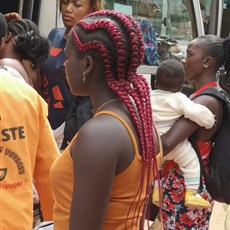
Yaoundé to Bandjoun

Yaoundé to Bandjoun
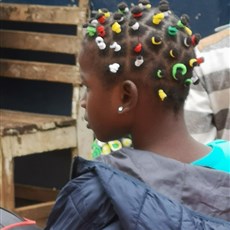
Yaoundé to Bandjoun

Yaoundé to Bandjoun
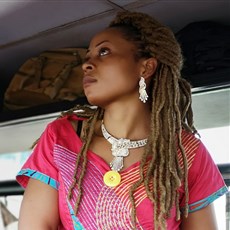
Yaoundé to Bandjoun

Bandjoun chefferie
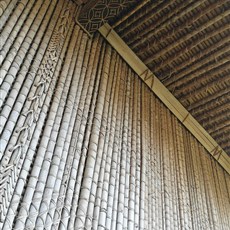
Bandjoun chefferie
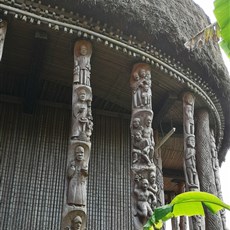
Bandjoun chefferie
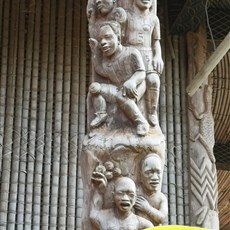
Bandjoun chefferie - Cameroon soccer team
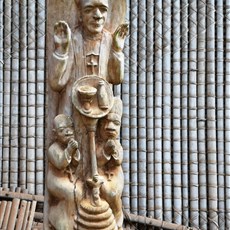
Bandjoun chefferie

Bandjoun chefferie
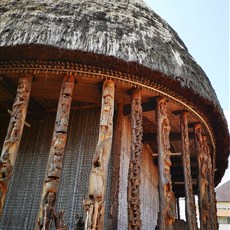
Bandjoun chefferie
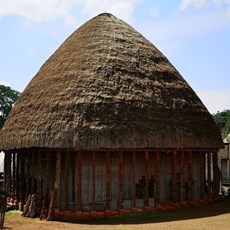
Bandjoun chefferie

Bandjoun chefferie - museum
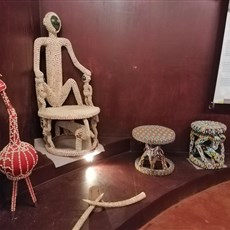
Bandjoun chefferie - museum

Bandjoun chefferie - museum
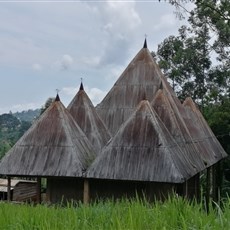
Bandjoun chefferie
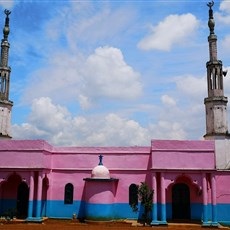
Bandjoun mosque